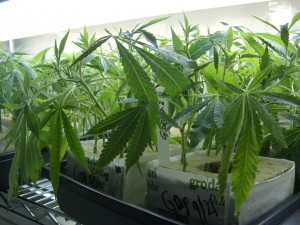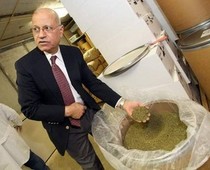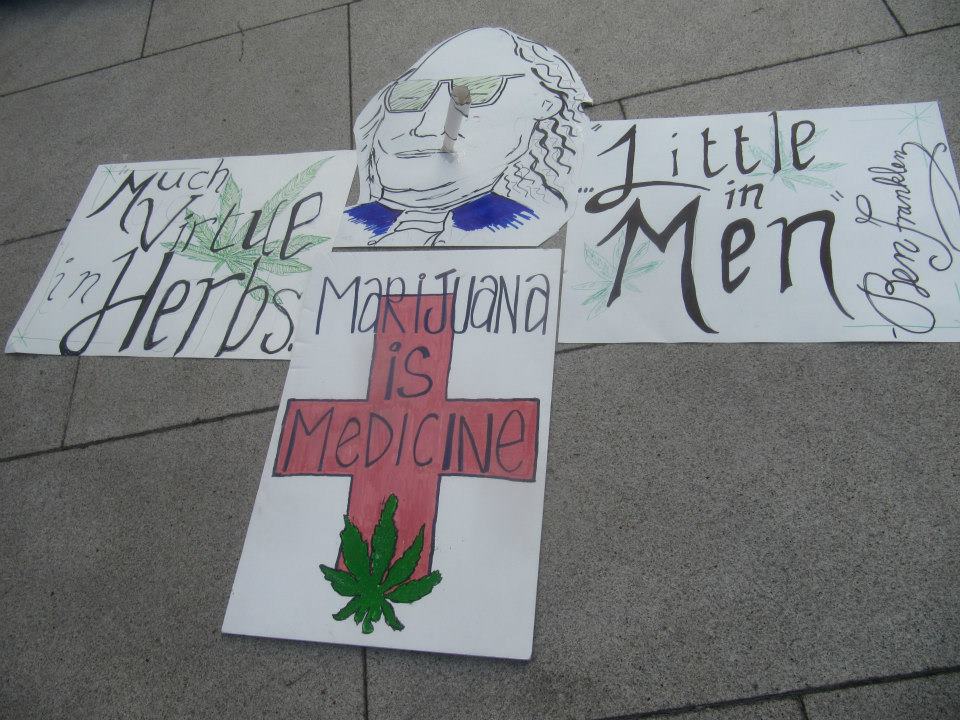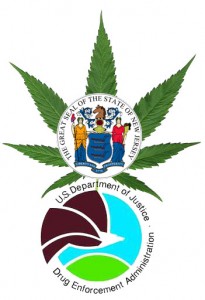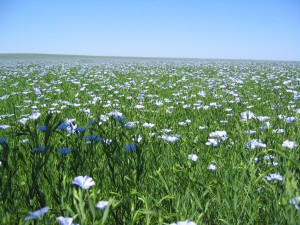 A research team based in Poland may have discovered that a CBD-like compound is a major component of the flax plant. The Cannabis plant makes CBD (Cannabidiol), a miraculous plant compound that demonstrates the potential to treat a wide range of diseases with virtually no side effects.
A research team based in Poland may have discovered that a CBD-like compound is a major component of the flax plant. The Cannabis plant makes CBD (Cannabidiol), a miraculous plant compound that demonstrates the potential to treat a wide range of diseases with virtually no side effects.
Interestingly, the researchers discovered the presence of a CBD-like compound in flax accidentally. They were analyzing genetically modified flax plants and comparing them to natural flax plants. The team noted that the production of several compounds was slightly enhanced in the GMO plants and decided to identify them.
Further analysis revealed that CBD-like compounds were prevalent in many parts of the flax plant and their products, such as such as fibers, seeds, leaves, and seedcakes.
The authors believe the beneficial actions of flax (such anti-inflammatory effects) may be due to the presence of this CBD-like compound. However, the mechanism of CBD’s benefits remains a mystery since CBD does not activate the same receptors as THC.
THC acts on the cannabinoid receptors called CB1 and CB2, which are part of the endocanabinoid system (ECS). The ECS includes the cannabinoid receptors (CB1 and CB2), as well as a variety of other compounds and additional receptors. Scientists may someday discover the mechanism of CBD, but it will take many years of thorough research to understand exactly how CBD works.
The discovery of CBD in flax is an important one, but the authors make some misleading claims in their manuscript; claims which are not supported by their work or the work of other scientists. They authors claim to be the first people to find cannabinoids IN another plant. Their article was published in 2012—one of the earliest discoveries of non-cannabis sources of cannabinoids is from 1979.
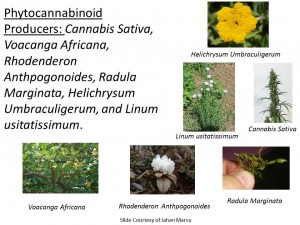 In fact, flax is now part of an ever-growing list of plants that can produce cannabinoids (See image of Phytocannabinoid Producers).
In fact, flax is now part of an ever-growing list of plants that can produce cannabinoids (See image of Phytocannabinoid Producers).
Cannabinoids such as cannabigerol (CBG), cannabichromene (CBC), cannabicyclol (CBC), and cannabicitran (CBT) have been discovered in the following: species of rhodenderons (Rhodenderon Anthpogonoides), Voacanga Africana, liverwort (Radula Marginata), and woody umbrella (Helichrysum Umbraculigerum). Beta-caryophyllene is a cannabinoid present in virtually all plants and activates the CB2 receptor, notably it occurs in high amounts in cloves and black pepper.
The author’s description of CBD also contains a serious discrepancy:
“…CBD, a non-psychoactive cannabinoid, is responsible for the anti-inflammatory activity of marihuana, acting mostly on the CB2 receptor…” The authors suggest that CBD is activating CB2 receptors.
This statement regarding the activity at a CB2 receptor is not supported by any data from the authors nor is it supported by the referenced studies in the article. The studies (one and two) referenced by the authors did not use CBD in a single experiment. They provide no evidence that CBD is directly interacting with the CB2 receptor. The authors could have cited this article as indirect evidence of CBD interacting with CB2, but there is substantial evidence to suggest that CBD doesn’t need the CB2 receptor for its beneficial effects.
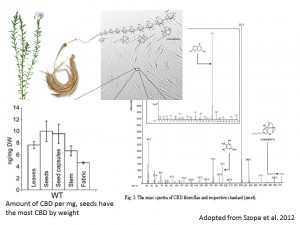 A similar misconception was also made by TIME Magazine last year, claiming that CBD activates CB2 receptors.
A similar misconception was also made by TIME Magazine last year, claiming that CBD activates CB2 receptors.
As mentioned above the mechanism of CBD isn’t clear yet, but there is enough evidence to SUPPORT that the effects of CBD can occur without activating cannabinoid receptors, CB1 and CB2. CBD might be the first modulator of the ECS, enhancing or inhibiting certain activities. Different experiments have shown:
Misrepresenting a compound or drug may appear as a minor issue, but it can negatively influence lawmakers and doctors, leading to legal and medical quandaries and ultimately preventing a plant compound like CBD from reaching the clinics. The main hurdles for a successful cannabis-based medicine are the unacceptable side effects that can occur from THC; CBD does not have undesirable side effects.
Cannabis that contains CBD remains prohibited, while flax products are widely available in concentrated forms such as dietary supplements. Although the precise mechanism of CBD remains elusive, its promising medicinal effects are already recognized, and it is legally available when harvested from the appropriate plant.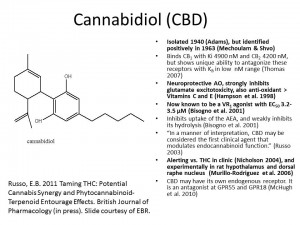
Here are some additional links to research on the mechanisms of CBD:
CBD enhances anandamide signaling and alleviates psychotic symptoms of schizophrenia
Cannabidiol for neurodegenerative disorders: important new clinical applications for this phytocannabinoid?
Cannabidiol dispays unexpectedly high potency as an antagonist of CB1 and CB2 receptor
CBD protects brain cells by mechanisms that do not involve CB1, CB2, TRPV1 or PPARg receptors
CBD may represent a novel, protective strategy against brain injury by attenuating key inflammatory pathways and oxidative/nitrative tissue injury, independent of classical CB1/2 receptors
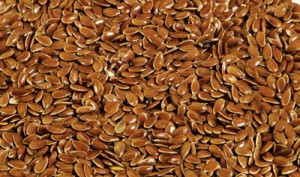

Jahan Marcu is currently investigating the pharmacology of cannabinoid receptors. He was working at the California Pacific Medical Center Research Institute when exciting discoveries were made showing enhanced anti-cancer effects with THC and CBD from the Cannabis plant. The findings were published in the Journal of Molecular Cancer Therapeutics. In 2009 he received the Billy Martin Award from the International Cannabinoid Research Society (ICRS). Jahan is currently the vice-chair the Medical and Scientific Advisory Board at Americans for Safe Access (ASA). Questions? Contact [email protected]
DISCLAIMER: The views and opinions expressed are those of the author and do not necessarily represent any University, business or affiliates. While the information provided in this blog is from published scientific studies it is not intended to diagnose or treat any disease.



 A research team based in Poland may have
A research team based in Poland may have  In fact, flax is now part of an ever-growing list of plants that can produce cannabinoids (See image of Phytocannabinoid Producers).
In fact, flax is now part of an ever-growing list of plants that can produce cannabinoids (See image of Phytocannabinoid Producers). A similar misconception was also made by
A similar misconception was also made by 


